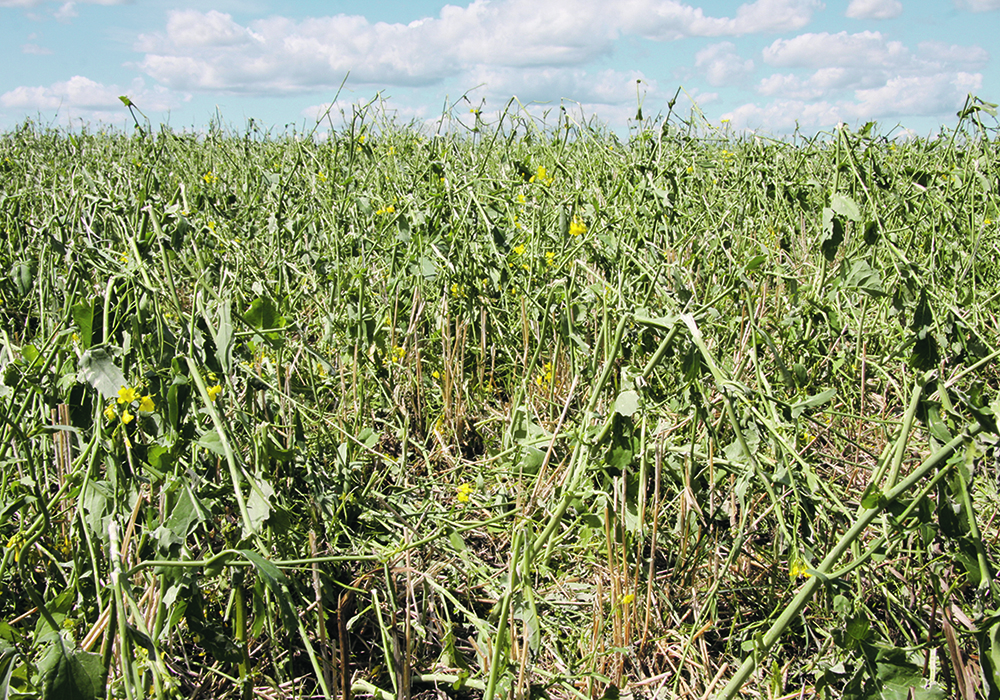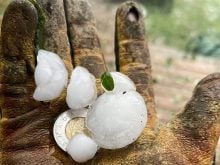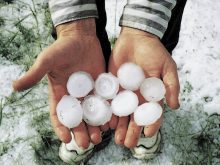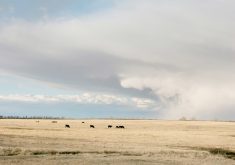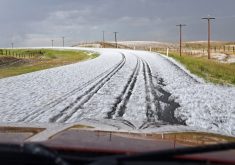Scientists at Western University are trying to better understand the nature of hail storms in Alberta
Researchers from Western University are embarking on a project to learn more about the devastating hailstorms that can wreak havoc across Alberta.
The initiative, by Western’s Northern Tornadoes Project and researcher Francis Lavigne-Theriault, plans to build a climatology database on hail events in the region.
“It’s something which hasn’t been undertaken since the ‘80s,” he said of hail research in Western Canada. “We’re starting small. The first year of the project is going to be just in Alberta and over the next five years we’re going to expand to all of Canada.”
Read Also
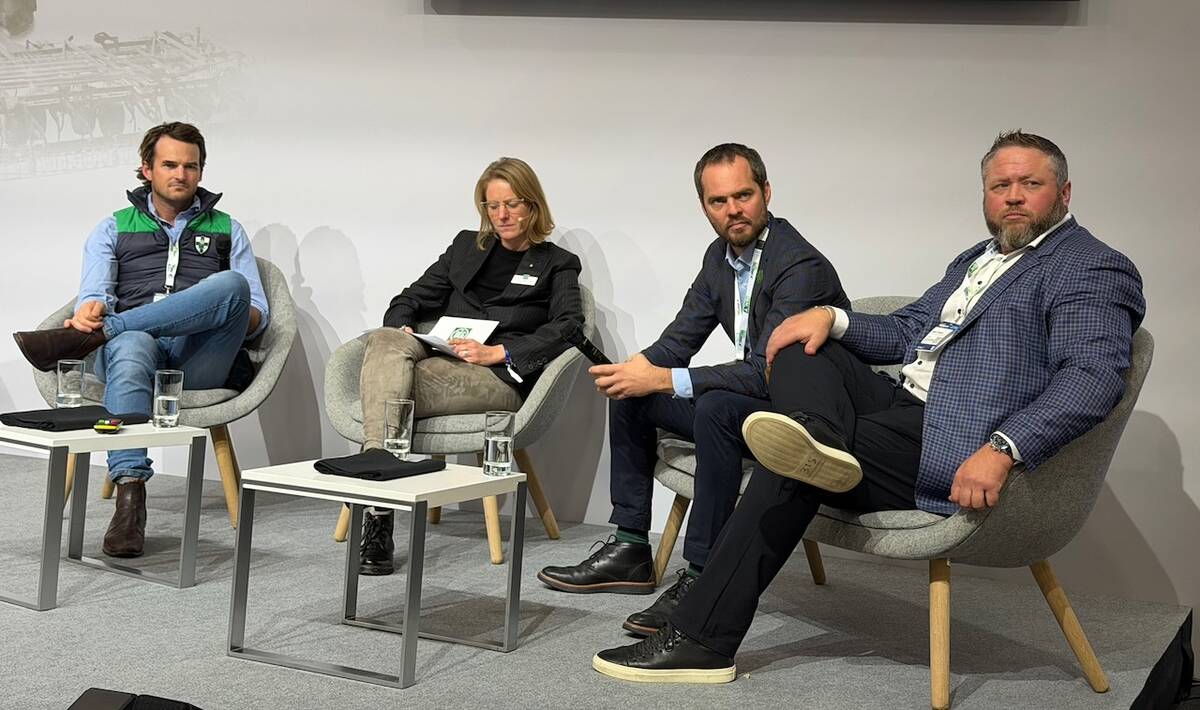
Agritechnica Day 2: The future of tractor power, building quicker crop apps and large farms and tech
Agritechnica Day 2: The future of tractor power, building quicker crop apps with Syngenta and large farms and tech
The Alberta Hail Project ran from 1956 to 1985 and collected a vast amount of data on hailstorm dynamics subsequently used in a number of scientific reports.
Lavigne-Theriault said the Northern Hail Project is looking to build on that research using Western University’s engineers.
The project, launched June 1, didn’t have to wait long to get its first taste of Alberta weather with a storm pelting Vulcan County with 10-millimetre hail four days later.
Insurance companies are among the biggest backers of the program.
The project is also looking at whether cloud seeding can reduce major hail events.
“They are spending a lot of money on cloud seeding and we want to know if it actually is an effective method. That’s why the data is important,” said Lavigne-Theriault.
For the agricultural sector, cloud seeding is the only mitigation effort available, he added.
“The database is incomplete. The database we have right now is based on storm reports which are highly unreliable,” he said. “There are certain standards for the research we need to have to make a good quality report. Unfortunately, that just doesn’t happen when you’re looking at a public report.”
Along with meteorological data, the Northern Hail Project will take samples of hail, store them and later analyze them to paint a better picture of all the elements that go into the ice pellets, their size and density.
Lavigne-Theriault said the data collected will be available to other researchers in an effort to better understand hail and ways to best mitigate its damage.
“We’re building off what was already made and we are using the same methods that were used in the past,” he said, referencing the 1980s research.
Cloud seeding in Alberta is funded by the Alberta Severe Weather Management Society, a non-profit formed in 1995 by the province’s insurance companies.


